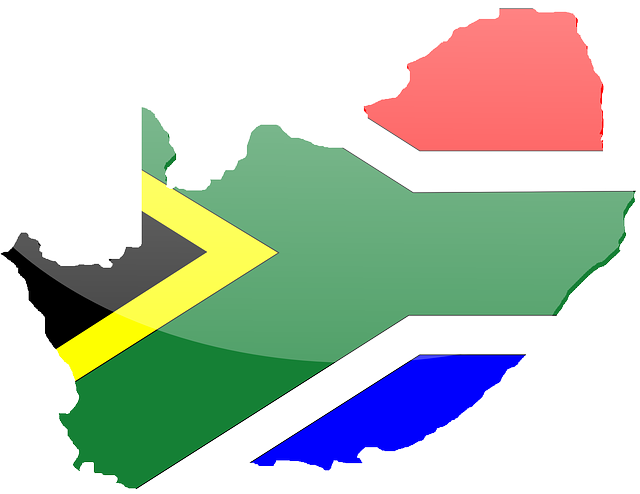14 July 2015 | Geneva – Worldwide, nearly 1 in 10 people have a mental health disorder, but only 1% of the global health workforce is working in mental health. This means, for example, that nearly half of the world’s population lives in a country where there is less than one psychiatrist per 100 000 people.
Huge inequalities in access to mental health services exist depending on where people live. On average globally, there is less than one mental health worker per 10 000 people, according to the World Health Organization’s Mental Health Atlas 2014, released today. In low and middle-income countries rates fall below 1 per 100 000 people, whereas in high-income countries the rate is 1 per 2000 people.
The report states global spending on mental health is still very low. Low and middle-income countries spend less than US$ 2 per capita per year on mental health, whereas high-income countries spend more than US$ 50. The majority of spending is going to mental hospitals, which serve a small proportion of those who need care. High-income countries still have a far higher number of mental hospital beds and admission rates than low-income countries at nearly 42 beds and 142 admissions per 100 000 population.
Training of primary care staff in mental health is critical to building capacity for recognizing and treating persons with severe and common mental disorders. Since 2011, the number of nurses working in mental health has increased by 35%, but shortages still exist in all disciplines, particularly in low and middle-income countries.
The Atlas finds countries are making progress on creating policies, plans, and laws for mental health, which provide the bedrock for good governance and service development. Two-thirds of countries have a policy or plan and half have a stand-alone mental health law. However, most of the policies and laws are not fully in line with international human rights instruments, implementation is often weak, and persons with mental disorders and family members are frequently only marginally involved in their development.
In 2013, WHO launched the Comprehensive mental health action plan 2013-2020 with four objectives including strengthening leadership and governance for mental health; providing comprehensive mental health and social care services in community-based settings; implementing strategies to promote and prevent mental health; and strengthening information systems, evidence and research.
WHO’s Mental Health Atlas provides the baseline data to measure progress on the action plan targets. The 2014 edition is the fourth and newest edition, with data on the availability of mental health services and resources across the world, including financial allocations, human resources and specialized facilities for mental health from 171 countries.
The Comprehensive mental health action plan 2013-2020 targets, and baseline values for 2013:
- 80% of countries will have developed or updated their policies or plans for mental health in line with international and regional human rights instruments by the year 2020.
- Baseline: 45% of all WHO Member States
- 50% of countries will have developed or updated their law for mental health in line with international and regional human rights instruments by the year 2020.
- Baseline: 34% of all WHO Member States
- Service coverage for severe mental disorders will have increased by 20% by the year 2020.
- Baseline: Currently not computable from Atlas 2014 data
- 80% of countries will have at least two functioning national, multisectoral mental health promotion and prevention programmes by the year 2020.
- Baseline: 41% of all WHO Member States
- The rate of suicide in countries will be reduced by 10%.
- Baseline: 11.4 per 100 000 population
- 80% of countries will be routinely collecting and reporting at least a core set of mental health indicators every two years through their national health and social information systems by the year 2020.
- Baseline: 33% of all WHO Member States
All baseline figures come from the Mental Health Atlas 2014.










